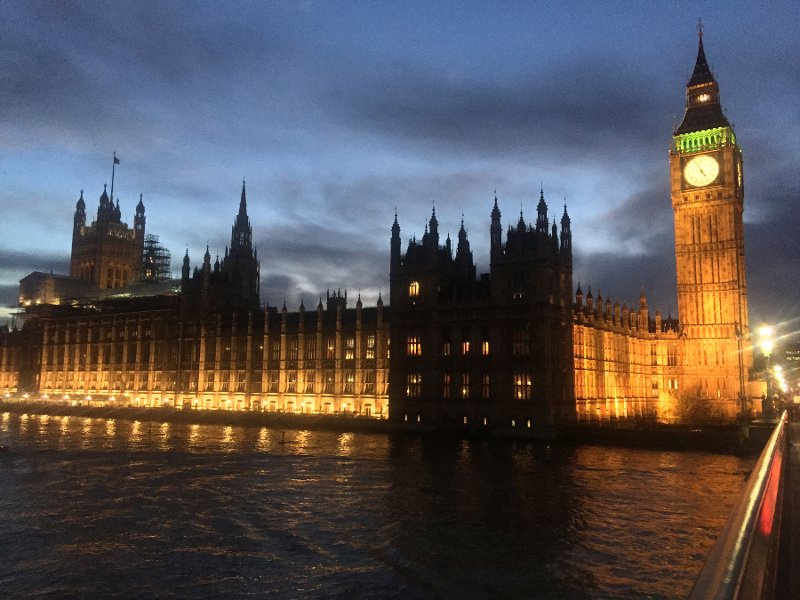Government published the latest iteration of the National Planning Policy Framework (NPPF) at the end of 2023, promising greater promotion of small sites which could be suitable for custom and self build housing.
Specifically, paragraph 70 (b) of the NPPF 2023 states:
“Small and medium sized sites can make an important contribution to meeting the housing requirement of an area, and are often built-out relatively quickly. To promote the development of a good mix of sites local planning authorities should: ….
b) seek opportunities, through policies and decisions, to support small sites to come forward for community-led development for housing and self-build and custom build housing;”
While this does not guarantee sites coming forward locally, it does strengthen the role of custom and self build on a local authority level, adding to the weight of their duties.
As well as hosting, and having regard to, registers of people wanting to custom of self build locally, the emphasis on small sites makes a key connection to the issue of finding land for multi-plot self build sites.
Wider impacts of NPPF 2023
More generally, the NPPF 2023 sets new expectations for local authorities on housing targets and delivery, with a commitment to reduce planning delays. In addition, it protects the Greenbelt by removing the requirement for local authorities to allocate land on the greenfield for housing, in order to meet local housing targets.
In his speech about the new NPPF, Secretary of State Michael Gove said the revised framework was shaped by five core principles for engaging people with new development: beauty, infrastructure, democracy, the environment and neighbourhood.
The revised NPPF will work in tandem with the new Levelling Up and Regeneration Act 2023 (LURA), along with new guidance for local planning authorities. Among a host of other measures, the Act sets out the requirement for local authorities to prepare a design code for is area, setting out what it considers to be the components of good design.
The LURA also introduces a new Infrastructure Levy to replace the Community Infrastructure Levy (CIL), although self builds are exempt from CIL.




